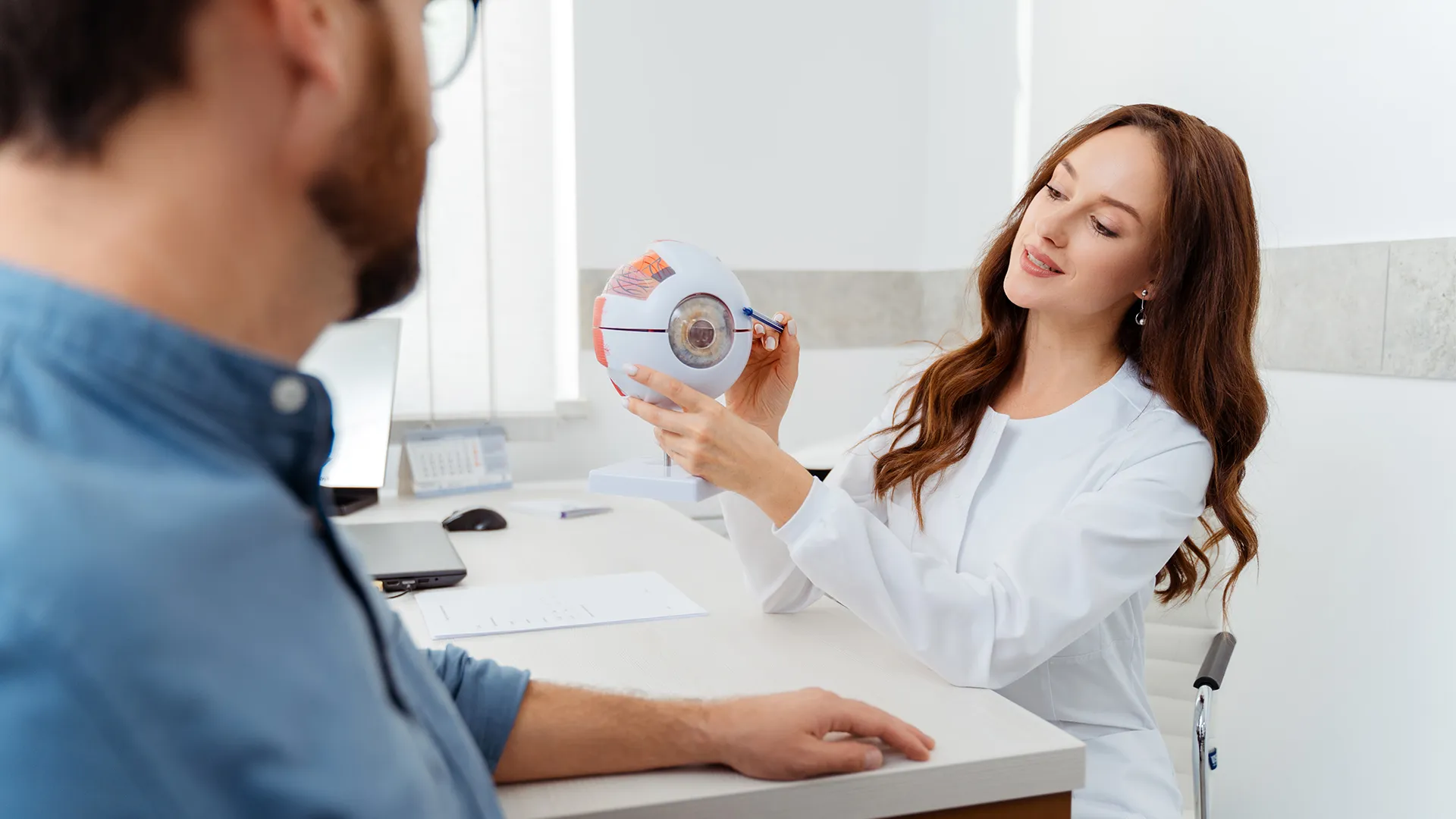Categories
A LASIK enhancement goes by many names: a tweak, touch-up, tune-up, lift flap, retreatment, a fine-tuning. They all mean the same thing. The first LASIK treatment got you to just short of the goal line. Almost always, the need for an enhancement is diagnosable within the first six months after LASIK, and usually within the first three. For some eyes, the cornea is more steely than normal, or conversely, more compliant. On top of this, there are others for whom their cornea is amazing at “healing away” what the laser did, or conversely, they accept the treatment more fully than would be expected with normal healing.
Human Variability
It’s an important point to make. The variability that comes with LASIK is exceptionally low with modern laser, but it will never be quite to zero. And the reason is that ultimately the variability doesn’t creep in at the laser treatment, it is the variability in human anatomy and physiology. If the laser were used to perform treatments on perfectly uniform pieces of high-quality glass—equal in every material dynamic—then the enhancement rate for those pieces of glass would be exactly zero.
Human variability allows for some of the great features of humanity like relationships, and the Olympics, and talent shows at summer camps. But it is also responsible for the exceptionally small—but never quite zero—percentage of eyes that undergo LASIK and then need an enhancement to finish the job. The reason for pointing that out isn’t because it makes me feel better to blame something other than me (although it does). It’s because there are many people waiting on LASIK until it gets the treatment right 100% of the time, and the truth is, it already does. The effect of the treatment is minimally variable now for reasons that have more to do with DNA than with microprocessors.
LASIK Round Two
The straight-forward answer about the nature of a LASIK enhancement is that it is the same procedure performed a second time. The difference for a round two of LASIK is mainly that it’s easier than round one.There are two reasons for this.
- One, the layer where laser is performed has already been created one the first go around. While it is nearly impossible to accidentally move this layer even in cases of eye trauma, it can be done by a specialist with a microscope and the right customized instruments.
- The second reason has to do with accuracy. Most people who need an enhancement have the very reasonable reaction of wondering if laser might be accurate a second time if it wasn’t accurate the first time. The answer to this question is that stunningly accurate specifically because it is the second time.
The difference with an enhancement is that the necessary treatment is always very, very minimal. There’s not a disclaimer necessary there. I’m not sure I’ve ever seen someone off by more than a diopter when doing an enhancement. And if you don’t know what that means, it’s like guessing someone’s height and being off by an inch. So a very small treatment means that healing variability (which we established earlier is the reason for being “off”) matters very little. Beyond that, the one x-factor we had before: “how does this specific eye heal?” is no longer a mystery. We’ve learned the one feature of the eye we couldn’t know the first time. These two features of an enhancement (small treatment and known corneal response) make them accurate in a way that is exponentially higher than the original procedure.
There are factors that increase or decrease your chances of needing an enhancement. It may come as no surprise to find they are all directly related to your chances of variability in healing. Luckily, we can diagnose those odds with a lot of accuracy during a consultation for LASIK. If you want a preview on what’s involved in those odds, the next blog is going to be just what you’re looking for.
